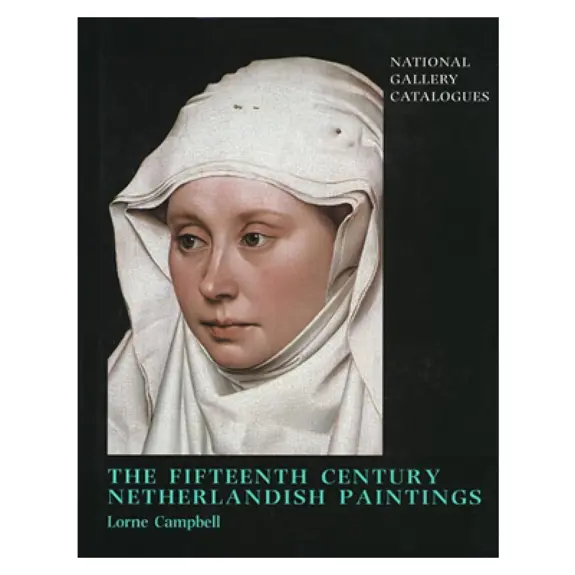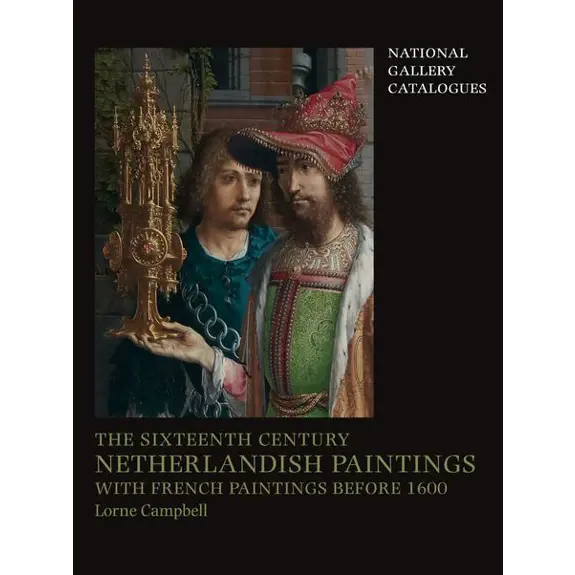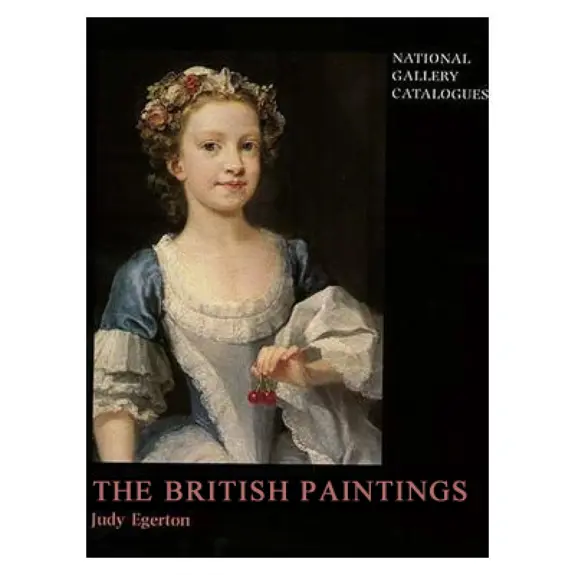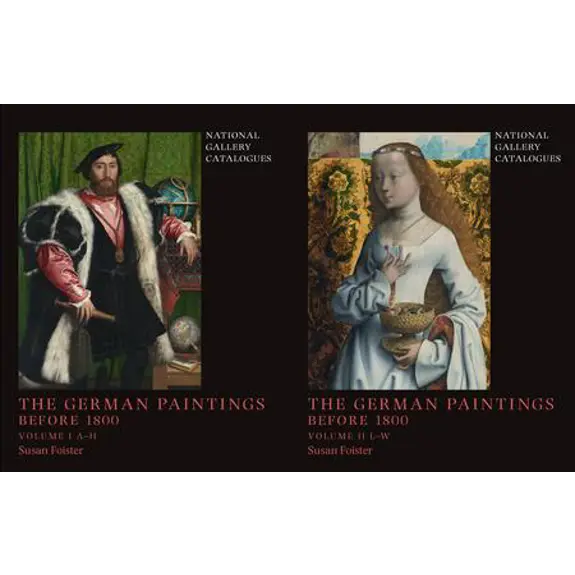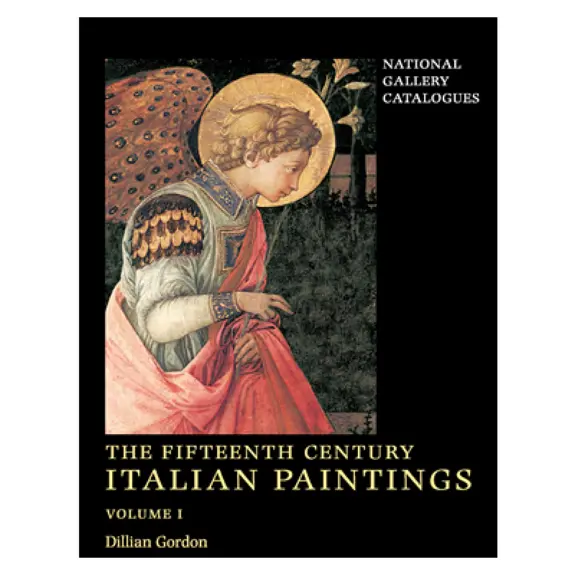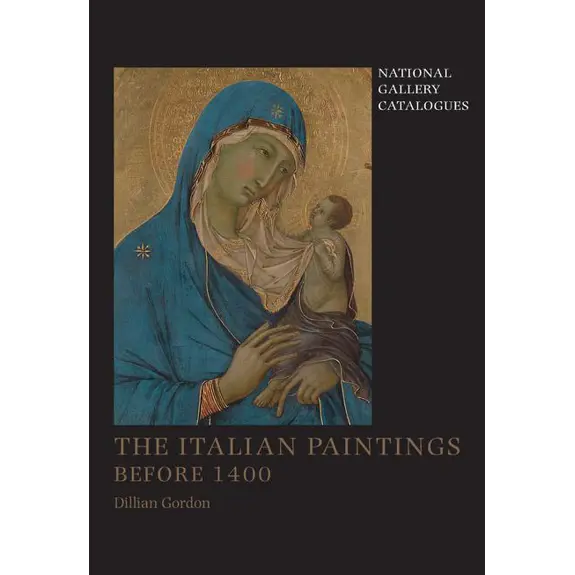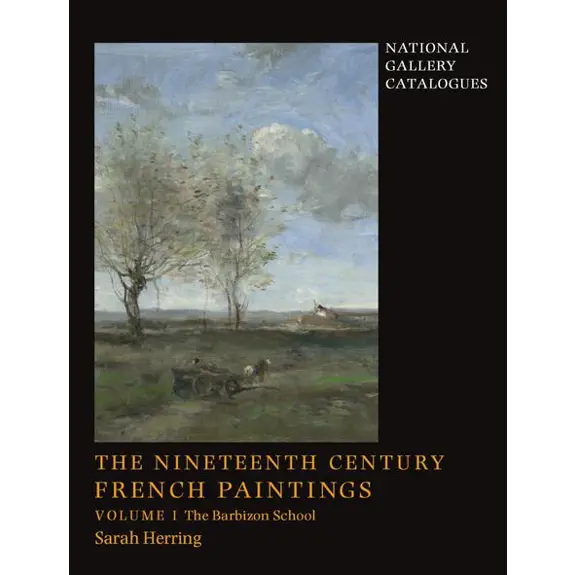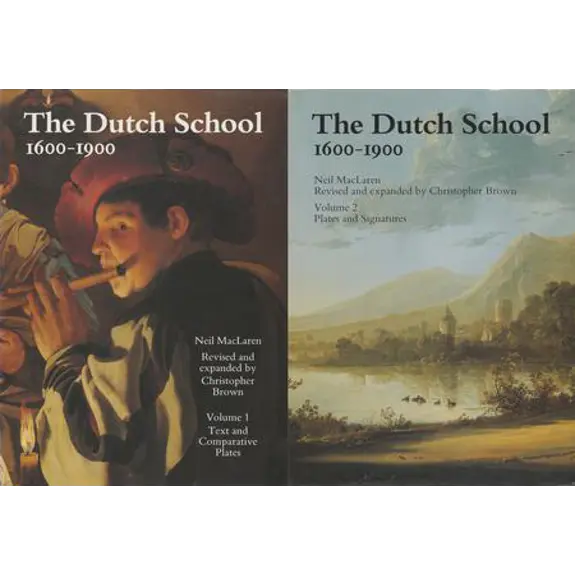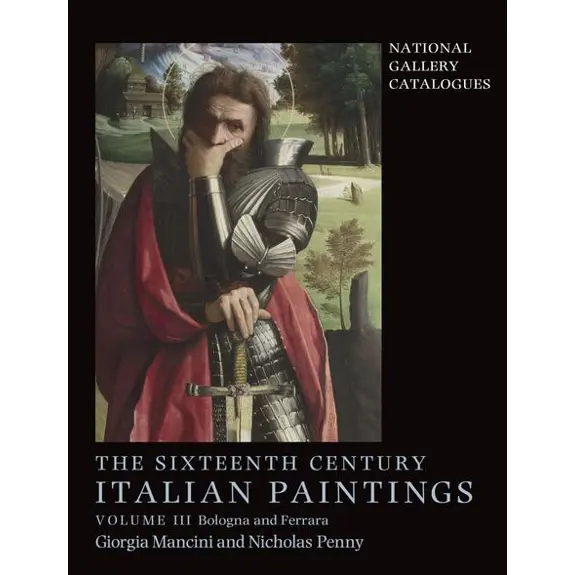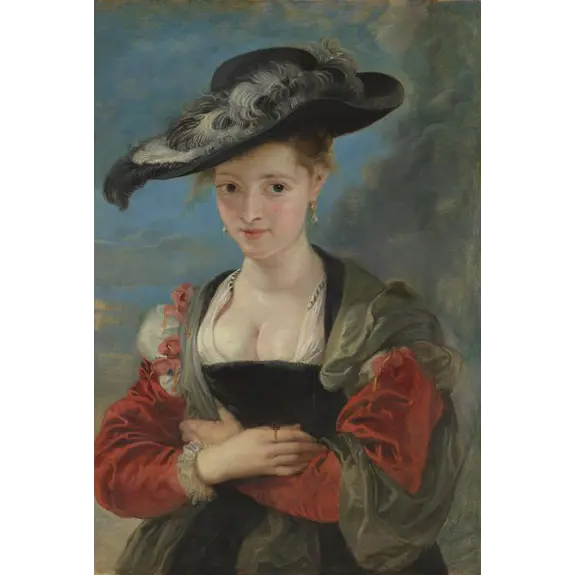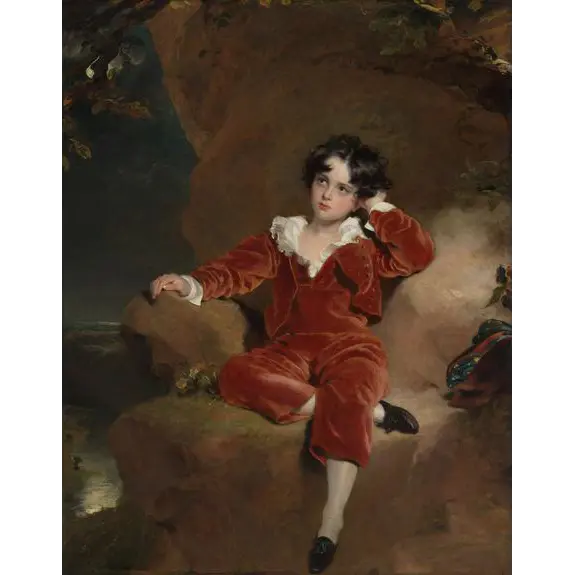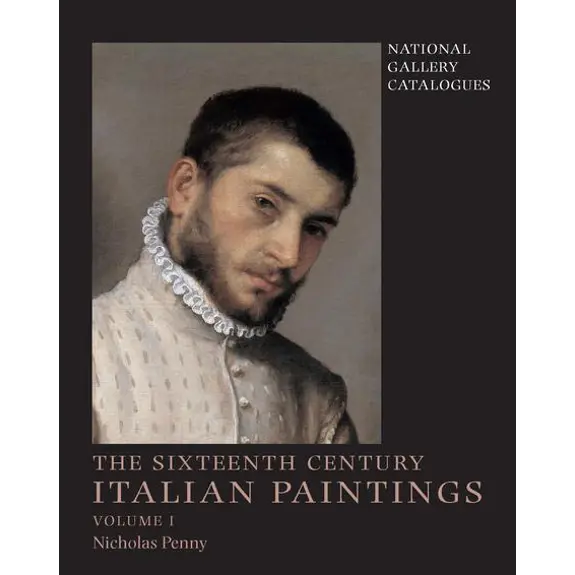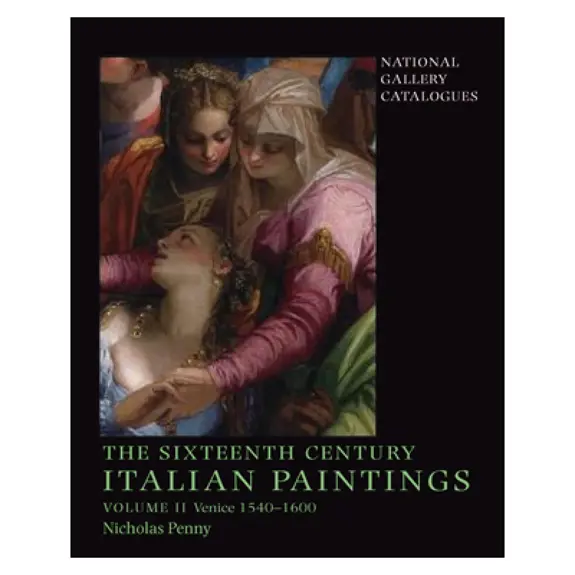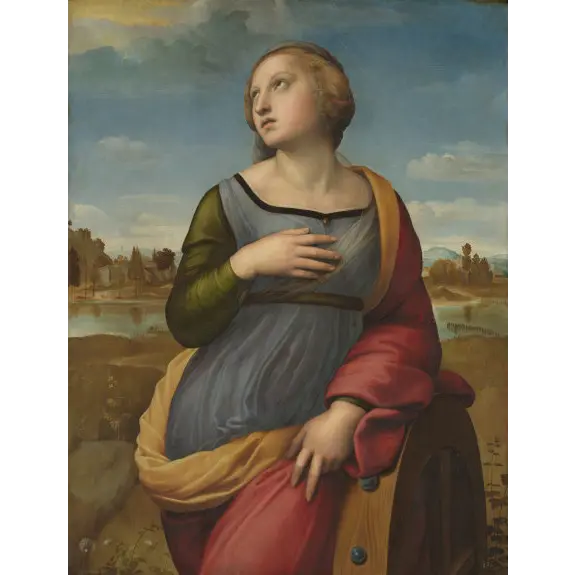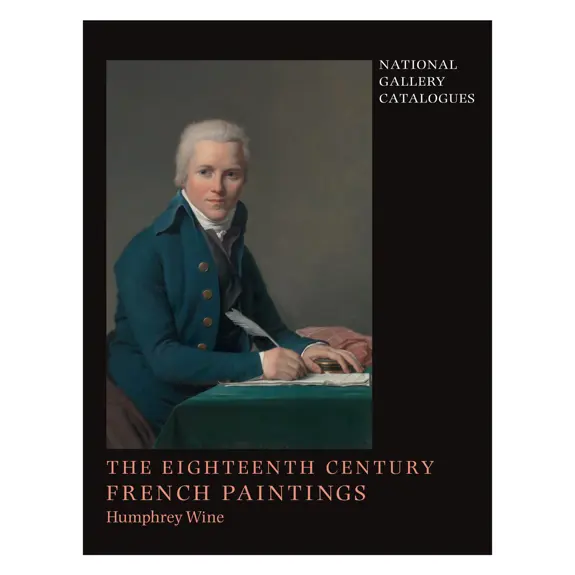
The Eighteenth Century French Paintings
National Gallery Catalogues
Humphrey Wine
London, 2018
Summary
The National Gallery’s collection of eighteenth-century French paintings was last catalogued over sixty years ago. Since then it has been transformed both in size and quality by the addition of works by Danloux, David, Fragonard, Peyron, Subleyras and Vernet among others. The collection, including Boucher, Chardin and Watteau, now encompasses the work of over 30 artists. Taking account of recent scholarship and undertaking new research, Humphrey Wine has looked afresh at these paintings, expanding on their provenance, in many cases incorporating information on their political and social context and fleshing out the lives of identified sitters.
New information based on re-examination of each picture is combined with technical photographs and comparative illustrations. The introductory essay considers the attitude of eighteenth-century Britons to the French and to paintings by French contemporaries, and notes many of the French eighteenth-century paintings then passing through London’s salerooms.
Online extracts from this catalogue
- Louis-Léopold Boilly, 'A Girl at a Window'
- François Boucher, 'Pan and Syrinx'
- Jean-Siméon Chardin, 'The House of Cards'
- Jean-Siméon Chardin, 'The Young Schoolmistress'
- Henri-Pierre Danloux, 'The Baron de Besenval in his Salon'
- Jacques-Louis David, 'Portrait of Jacobus Blauw'
- François-Hubert Drouais, 'Madame de Pompadour at her Tambour Frame'
- Jean-Honoré Fragonard, 'Psyche showing her Sisters her Gifts from Cupid'
- Nicolas Lancret, 'A Lady in a Garden having Coffee with Children'
- Jean-Baptiste Perronneau, 'Jacques Cazotte'
- Pierre Subleyras, 'Diana and Endymion'
- Claude-Joseph Vernet, 'Two Landscapes: A Sunset and a Storm'
- Elisabeth Louise Vigée Le Brun, 'Self Portrait in a Straw Hat'
- Jean-Antoine Watteau, 'The Scale of Love'
Online biographies from this catalogue
About the text
These catalogue entries are a mixture of new ‘born digital’ entries, and entries from previously published catalogues. A third of the previously published entries were chosen from among the Gallery's most important paintings, and two thirds from paintings that are interesting, but often overlooked.
When converting the previously-published files we have tried to stay as close to the original texts and arrangements as possible, whilst also creating online entries that are self-contained. This means that sections like bibliographies and appendices appear in the individual entry webpage. Bibliographies have been collated from various sources (this is why, for example, individual references may be formatted differently). The way we tag items to add them to lists of references may mean that the hyperlinking of references appears inconsistent – we’ll be working on improving this.
Editorially, we have corrected any known errors. We have also acquired and cleared new images, so credit lines have been updated. Images, which often fell in the middle of running text, have been moved to the next paragraph break. The main image for each entry has been moved to the top. Captions which applied to more than one image have been divided so that each image has its own caption.
Texts remain as they were published. In a few cases an ‘update’ section summarises recent research.

